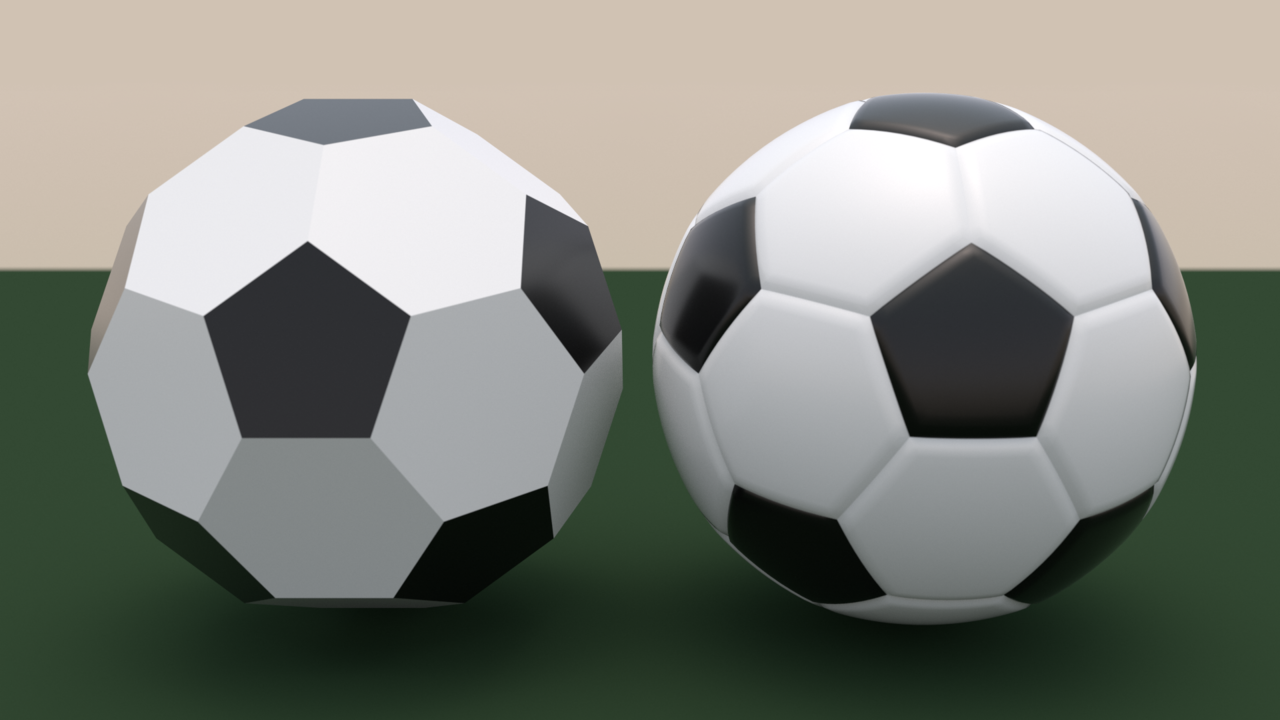First up: gyrobifastigium. It's a Johnson solid consisting of two prisms. What, still confused? Johnson solids are convex (having a curved surface like the exterior of a sphere) polyhedra (solid figures with many plane faces) having regular faces and equal edge lengths. A prism is a solid geometric figure whose two edges are similar, equal, and parallel rectilinear figures, and whose sides are parallelograms (a four-sided plane rectilinear figure with opposite sides parallel).

That's it right there. The word comes from Latin, gyro "turn, wheel around" + bi "two"+ fastigium "peak, tip." Prism is also interesting, it comes from Greek prisma "something sawed," from prizein "to saw."
I bet you'll recognise the next one, even if you didn't know the fancypants word for it. A lemniscate is the twisty thingy we know as the infinity symbol.

We get the word from Late Latin lemniscus, "a hanging ribbon," from Greek lemniskos "woollen ribbon."
Here's another familiar one. A truncated icosahedron. Yep, the one that looks like a football.

Truncated is from Latin truncatus "cut off," and icosahedron, from Greek eikosahedron, is just eikosi "twenty" + hedra "seat, base, face of a geometric solid" from PIE root sed-, "to sit."It has twenty hexagonal (six-sided)faces and twelve pentagonal (five-sided) faces. Apparently this is what you get if you take a icosahedron (a solid geometric shape with 20 equilateral triangular faces) and cut off the tips of all 12 vertices so that the stumps are regular pentagons and the triangular faces become hexagons.

Here's a visual aid. Imagine grabbing the blue marble and cutting around it so you get the five-sided black shape on the football. There you go.
Can you handle one more? Okay, this is a fun one: a triskele or triskelion is a motif consisting of three rotating spirals or human legs extending from the centre of the symbol.


I put the one with the legs in, because it illustrates the etymology nicely: triskelion is Greek, from tri "three"+ skelos "leg."
Does you brain hurt yet? Okay, okay, I'll stop now.
Sources:
Images from wikimedia commons
No comments:
Post a Comment
Hello, stranger. What's on your mind?